Senior Nicole Ridge said she buys nail polish once, maybe twice, a week. She used to go to the nail salon to get her nails done, but now she paints them herself, changing up the colors and patterns every week.
“It was kind of a big switch for me to start doing (my nails) on my own, but I like doing it on my own because it’s cheaper,” Ridge said.
In order to save money, she buys bargain luxuries like nail polish, which are both fashionable and affordable. According to a Jan. 28 Time Magazine article, nail polish sales hit a record $768 million last year in the United States, a 32 percent increase from 2011. Many consider nail polish an economic indicator because during recessions, more people search for cheaper luxuries.
Nail polish often costs less than other luxuries and accessories, such as jewelry, ranging anywhere from $1 to $10.
“It’s an easy trend to keep up with, and it’s something I really enjoy doing,” Ridge said. “Shoes, they’re not easy to keep up on because they’re so expensive.”
Even though people have recently been buying more nail polish due to the poor economy, just as they had 12 years ago with lipstick, economics teacher Dan Bates does not consider it a good indicator of economic status.
“If it’s a good indicator, then it means it would happen over and over again. It would’ve gone on back in the early ‘80s or at other times during recessions, and I don’t think that’s true,” Bates said. “If it just happens once, then it’s more a fad than it is a trend or an indicator.”
Although Walmart and McDonalds sales tend to pick up during recessions, according to Bates, the best indicators of the economy are not consumer goods but rather the bigger, more expensive items.
“You have so many consumer goods that are recession proof, like laundry detergent and toilet paper and all those kinds of things, that people just keep buying them,” Bates said.
Bates said better indicators of the economy are “big-ticket” items such as cars. During recessions, people tend to repair those items and put off buying new ones until the economy improves, so trends like an increase in car sales are good indicators of the economy.
Junior Jessica Lecher, who said she buys small luxuries like nail polish, shares similar opinions with Bates.
“I think big items such as cars are better indicators of the economy. With such a tight budget, people most likely will not want to go out and spend thousands of dollars on a car,” Lecher said. “During the tough economic times, they will do with what they have for bigger items.”
She said because small luxuries do not cost nearly as much, people will still buy them during recessions, making them inaccurate in determining the economic status. “With smaller items, people probably feel less guilty spending $5 here or there,” Lecher said. “So regardless of the economy, people would probably continue to buy small luxuries, just maybe not as many small luxuries as they would during times of economic prosperity.”
Even in times of economic instability, many people still have the need for luxuries. Lecher said people still buy luxuries because they can attain a sense of satisfaction through spending a few dollars on a small purchase rather than hundreds of dollars on a large purchase.
Lecher said, “(My friends and I) can’t afford to buy big, expensive things, but we can still look pretty by just buying a bottle of nail polish or painting our nails.”










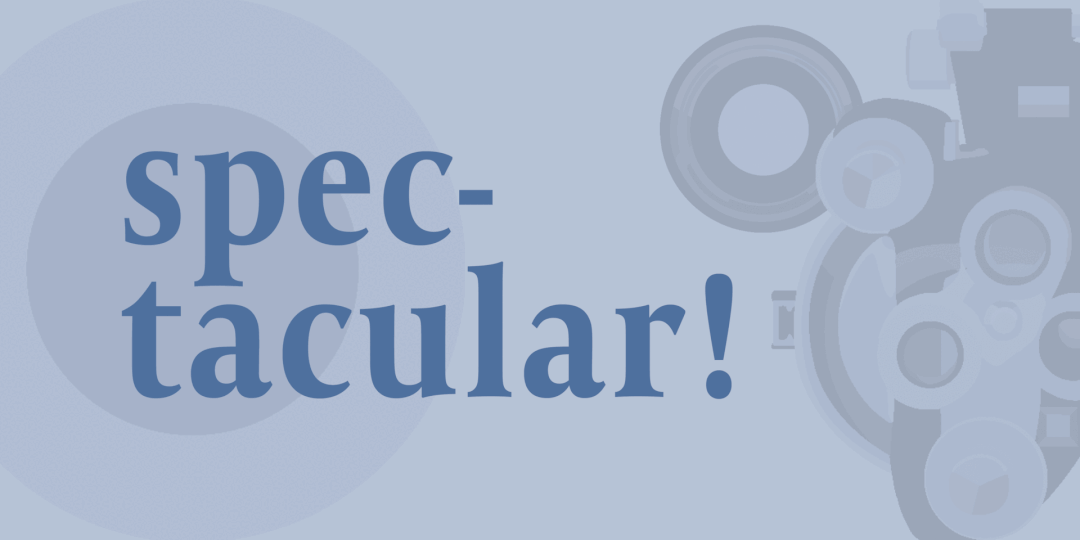


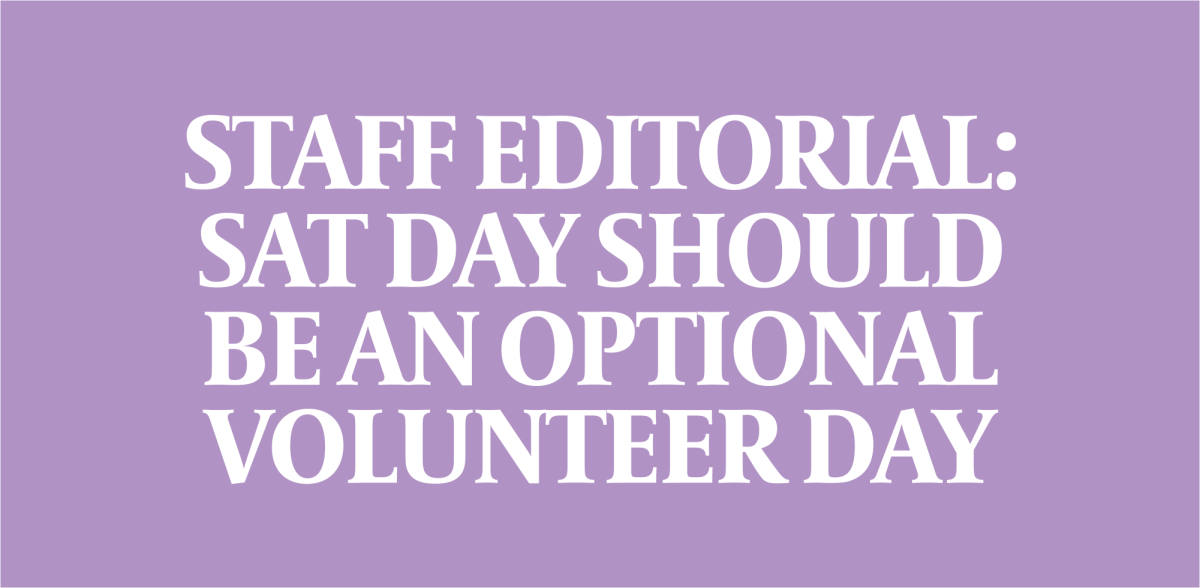










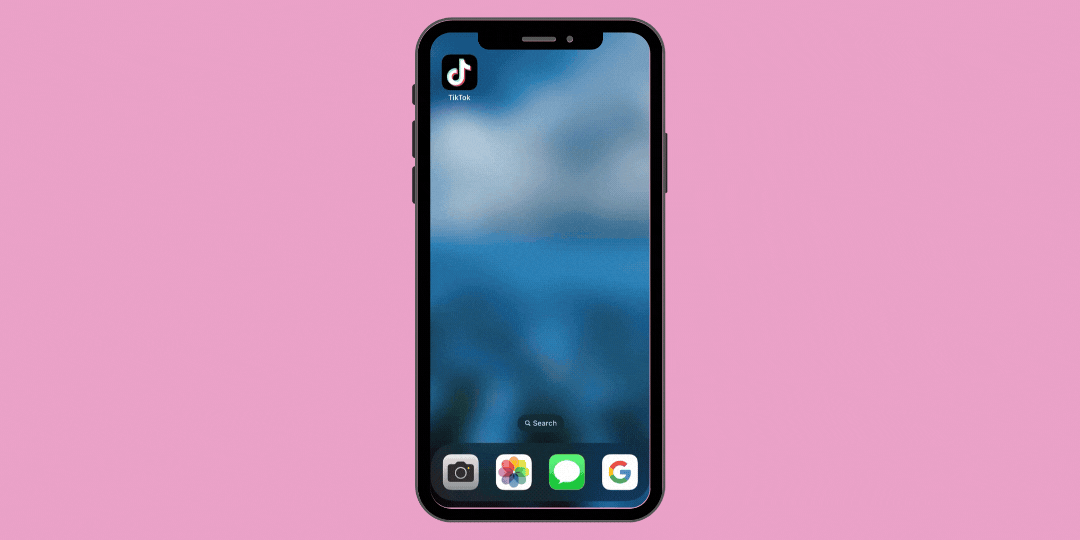
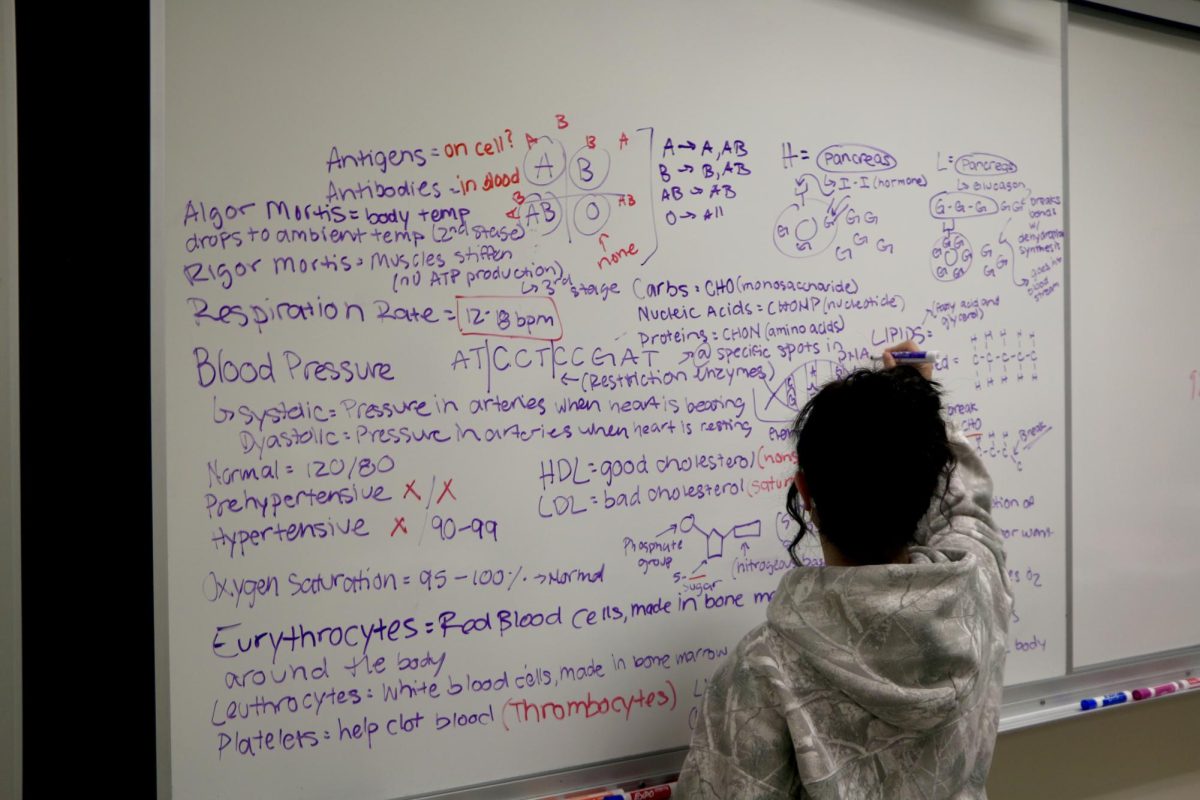





![AI in films like "The Brutalist" is convenient, but shouldn’t take priority [opinion]](https://hilite.org/wp-content/uploads/2025/02/catherine-cover-1200x471.jpg)



































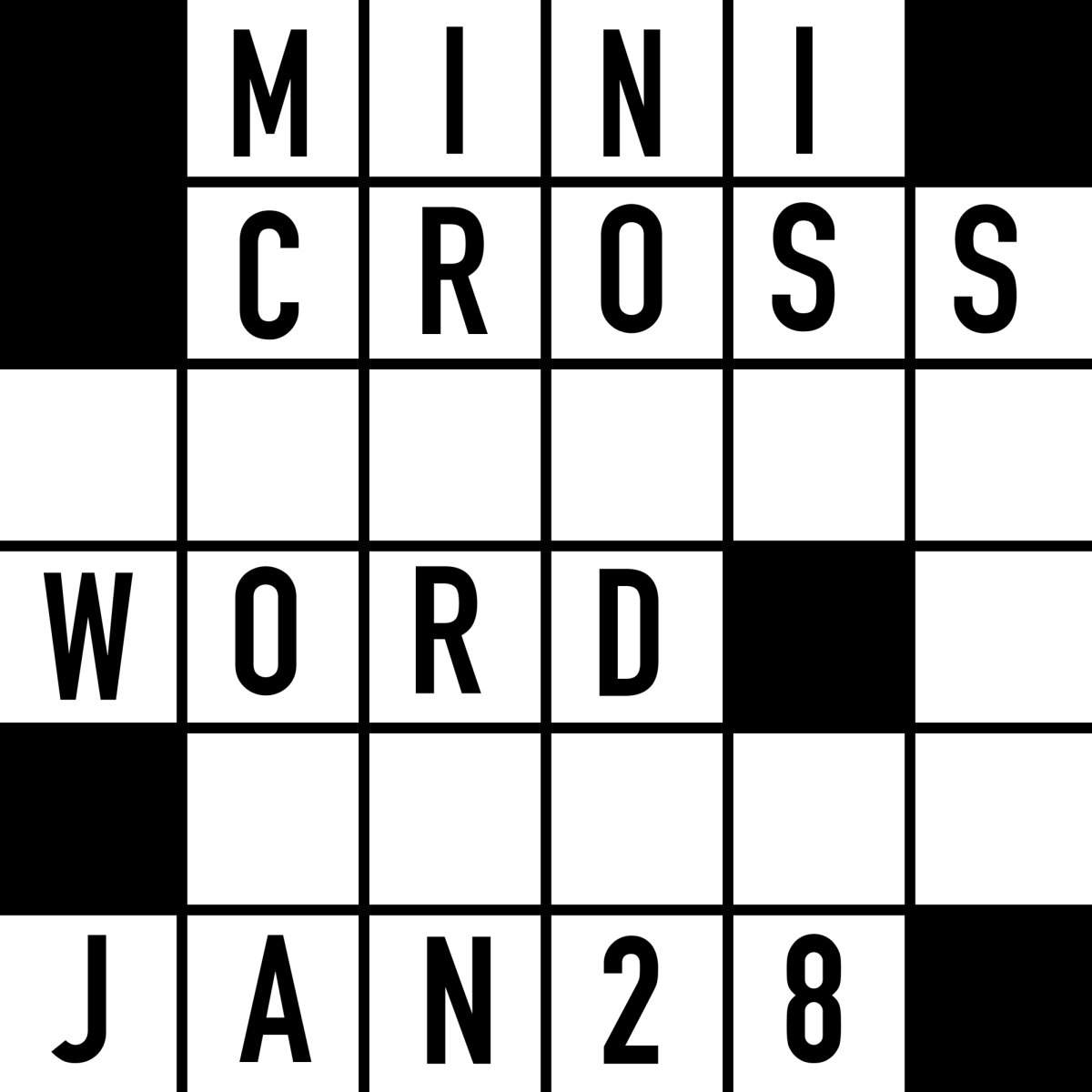









![Review: “The Immortal Soul Salvage Yard:” A criminally underrated poetry collection [MUSE]](https://hilite.org/wp-content/uploads/2025/03/71cju6TvqmL._AC_UF10001000_QL80_.jpg)
![Review: "Dog Man" is Unapologetically Chaotic [MUSE]](https://hilite.org/wp-content/uploads/2025/03/dogman-1200x700.jpg)
![Review: "Ne Zha 2": The WeChat family reunion I didn’t know I needed [MUSE]](https://hilite.org/wp-content/uploads/2025/03/unnamed-4.png)
![Review in Print: Maripaz Villar brings a delightfully unique style to the world of WEBTOON [MUSE]](https://hilite.org/wp-content/uploads/2023/12/maripazcover-1200x960.jpg)
![Review: “The Sword of Kaigen” is a masterpiece [MUSE]](https://hilite.org/wp-content/uploads/2023/11/Screenshot-2023-11-26-201051.png)
![Review: Gateron Oil Kings, great linear switches, okay price [MUSE]](https://hilite.org/wp-content/uploads/2023/11/Screenshot-2023-11-26-200553.png)
![Review: “A Haunting in Venice” is a significant improvement from other Agatha Christie adaptations [MUSE]](https://hilite.org/wp-content/uploads/2023/11/e7ee2938a6d422669771bce6d8088521.jpg)
![Review: A Thanksgiving story from elementary school, still just as interesting [MUSE]](https://hilite.org/wp-content/uploads/2023/11/Screenshot-2023-11-26-195514-987x1200.png)
![Review: "When I Fly Towards You", cute, uplifting youth drama [MUSE]](https://hilite.org/wp-content/uploads/2023/09/When-I-Fly-Towards-You-Chinese-drama.png)
![Postcards from Muse: Hawaii Travel Diary [MUSE]](https://hilite.org/wp-content/uploads/2023/09/My-project-1-1200x1200.jpg)
![Review: "Ladybug & Cat Noir: The Movie," departure from original show [MUSE]](https://hilite.org/wp-content/uploads/2023/09/Ladybug__Cat_Noir_-_The_Movie_poster.jpg)
![Review in Print: "Hidden Love" is the cute, uplifting drama everyone needs [MUSE]](https://hilite.org/wp-content/uploads/2023/09/hiddenlovecover-e1693597208225-1030x1200.png)
![Review in Print: "Heartstopper" is the heartwarming queer romance we all need [MUSE]](https://hilite.org/wp-content/uploads/2023/08/museheartstoppercover-1200x654.png)



Tony Tan • Sep 1, 2013 at 12:19 am
Nope, it was made using the integrated flash capabilities of InDesign.
E • Aug 28, 2013 at 11:33 am
This is so cool. Did you use HTML 5 or what?